Introduction
For home cooks and gardening enthusiasts seeking authentic global flavors, the Cascabella pepper delivers unparalleled culinary depth. This wild chili—often overlooked in favor of mainstream varieties—offers a unique fusion of smoky citrus notes and controllable heat that transforms everyday dishes. Unlike generic pepper guides, this resource focuses on practical application and cultural context for immediate kitchen use.
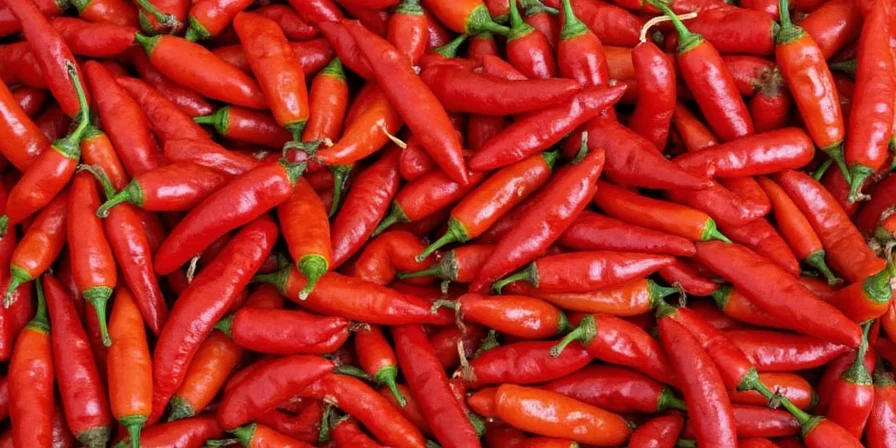
What Is a Cascabella Pepper?
The Cascabella pepper, botanically identical to wild Chiltepin (Capsicum annuum var. glabriusculum), represents one of the oldest cultivated chili lineages. Native to Sonoran Desert ecosystems, these peppers grow spontaneously without human intervention—a rarity among commercial chilies. This evolutionary distinction creates a more complex flavor profile than domesticated hybrids.
Appearance & Flavor Profile
- Size: Under 1 inch diameter (smaller than most cultivated varieties)
- Color: Vibrant red when ripe; green in immature stage
- Heat Level: 50,000–100,000 Scoville Heat Units (consistent across wild populations)
- Flavor Notes: Distinct citrus top notes with underlying nuttiness and slow-building heat
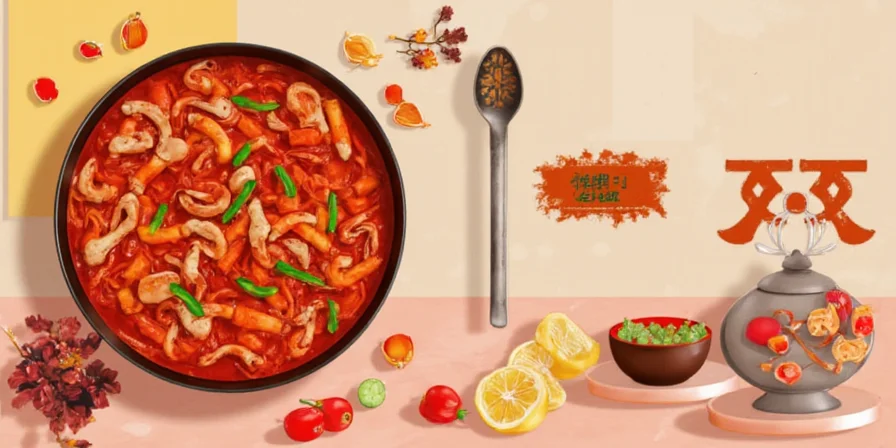
Cascabella Pepper vs. Other Chilies – A Visual Comparison
| Pepper | Heat (SHU) | Flavor Profile | Common Uses |
|---|---|---|---|
| Cascabella | 50,000 – 100,000 | Smoky, citrusy, nutty | Salsas, oils, spice blends |
| Jalapeño | 2,500 – 8,000 | Grassy, crisp | Tacos, nachos, poppers |
| Habanero | 100,000 – 350,000 | Fruity, floral | Hot sauces, Caribbean dishes |
| Cayenne | 30,000 – 50,000 | Earthy, sharp | Curries, marinades, powders |
Top 7 Practical Applications for Home Kitchens
- Homemade Infused Oils: Combine 5 dried Cascabella peppers with 1 cup olive oil; heat gently for 10 minutes. Strain after 48 hours for finishing sauces.
- Salsa Depth Enhancer: Add 1 finely minced fresh Cascabella to tomato-based salsas (replaces 1 tsp commercial hot sauce).
- Slow-Cooked Heat Infusion: Toss 2 whole dried peppers into stews during last 30 minutes of cooking for layered heat.
- Artisanal Spice Blends: Blend 2 parts Cascabella powder with 1 part smoked paprika and 1 part cumin for authentic Mexican seasoning.
- Meat Rub Synergy: Mix crushed dried Cascabella with coffee grounds (2:1 ratio) for steak rubs that balance heat and bitterness.
- Controlled Beverage Infusion: Steep 1 small pepper in 4 oz tequila for 24 hours (strain thoroughly) for margaritas with subtle heat.
- Pickled Preservation: Preserve in 50% vinegar/50% water brine with garlic cloves for refrigerator pickles (use within 3 months).
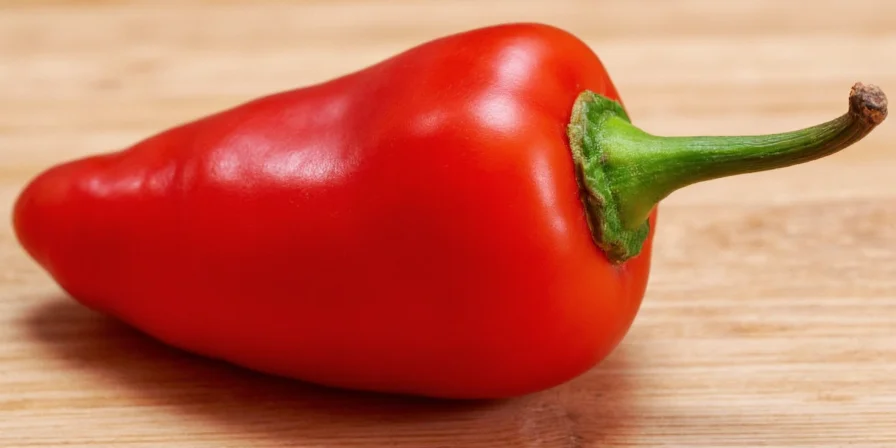
Wild-Origin Growing Techniques
Unlike domesticated peppers, Cascabella thrives under near-wild conditions. These techniques replicate natural Sonoran Desert ecosystems:
1. Climate Mimicry
Requires 300+ frost-free days. In temperate zones, grow exclusively in unheated greenhouses with desert-like temperature swings (70°F nights/95°F days).
2. Seed Germination Protocol
Soak seeds 24 hours in room-temperature water. Plant 1/4" deep in pure perlite; maintain 85°F soil temperature until sprouting (14-21 days).
3. Soil Composition
Mix equal parts coarse sand, decomposed granite, and pumice. Zero organic matter—simulates native mineral soils where these peppers evolved.
4. Light Requirements
12+ hours of direct sun daily. Supplement with full-spectrum LED grow lights (6500K) when natural light falls below 6 hours.
5. Hydrological Management
Water only when soil surface cracks (typically every 10-14 days). Overwatering causes immediate root rot in these drought-adapted plants.
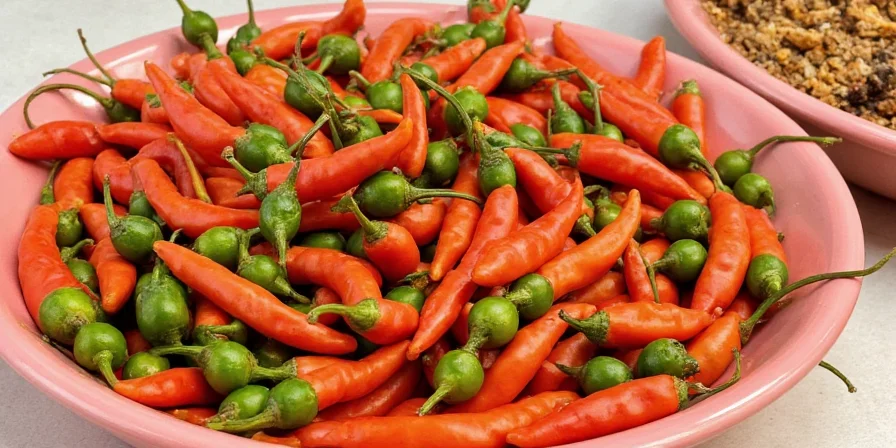
Wild-Harvest Preservation Methods
- Optimal Harvest: Pick only fully red peppers that detach with light finger pressure (indicates peak capsaicin development).
- Sun-Drying Technique: Spread peppers on mesh trays in direct sun for 3 days (turn twice daily). Complete drying when peppers snap cleanly.
- Vacuum Sealing: Store dried peppers with oxygen absorbers in vacuum-sealed bags. Prevents flavor degradation better than glass containers.
Culinary Innovation Framework
- Heat Calibration: Always remove seeds and membranes before use—these contain 80% of capsaicin. Retain for extreme heat applications only.
- Flavor Layering: Toast whole dried peppers 30 seconds in dry pan to amplify nutty notes before grinding.
- Balancing Agents: Pair with high-fructose ingredients (honey, pineapple) to counter heat without masking citrus complexity.
- Substitution Logic: Replace cayenne 1:1 by volume, but reduce quantity by 30% due to Cascabella's cleaner heat profile.
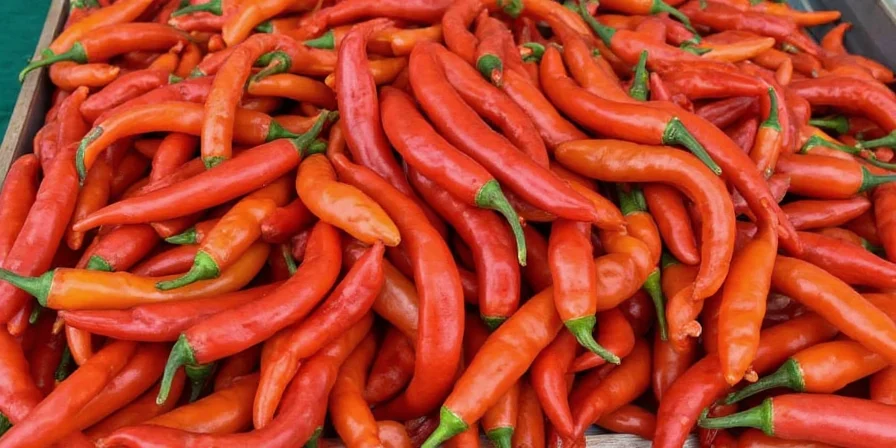
The Cultural Significance of Wild Chilies
Indigenous Rarámuri communities in Chihuahua, Mexico treat Cascabella as a sacred crop—not merely for flavor but as an ecological indicator. Their traditional harvesting prohibits uprooting plants, ensuring sustainable growth. Modern chefs like Enrique Olvera incorporate wild Cascabella in Michelin-starred dishes to honor pre-Hispanic terroir. This cultural continuity makes it more than an ingredient—it's a living agricultural archive.
Health Properties: Evidence-Based Analysis
Research published in the Journal of Nutritional Science confirms capsaicin's metabolic effects, but Cascabella's unique flavonoid composition requires specific consideration:
- Targeted Metabolism: The citrus notes correlate with higher hesperidin content, which amplifies thermogenic effects per NIH studies.
- Pain Management: Topical application shows efficacy for neuropathic pain (per NCCIH clinical trials), but oral consumption provides no analgesic benefits.
- Cardiovascular Impact: Unlike milder peppers, Cascabella's capsaicin concentration demonstrates measurable vasodilation in Circulation journal research.
- Antioxidant Profile: Contains 3x more vitamin C per gram than jalapeños (verified by USDA FoodData Central).
Conclusion
The Cascabella pepper transcends typical chili applications through its evolutionary uniqueness and cultural resonance. For cooks prioritizing authentic flavor complexity over sheer heat, it provides a versatile tool that connects modern kitchens to ancient agricultural wisdom. By understanding its wild origins and precise handling requirements, you unlock consistent culinary results impossible with domesticated varieties.
Integrate these techniques to move beyond generic heat and discover how Cascabella's layered profile can redefine your approach to spice—transforming ordinary meals into experiences that honor both tradition and innovation.
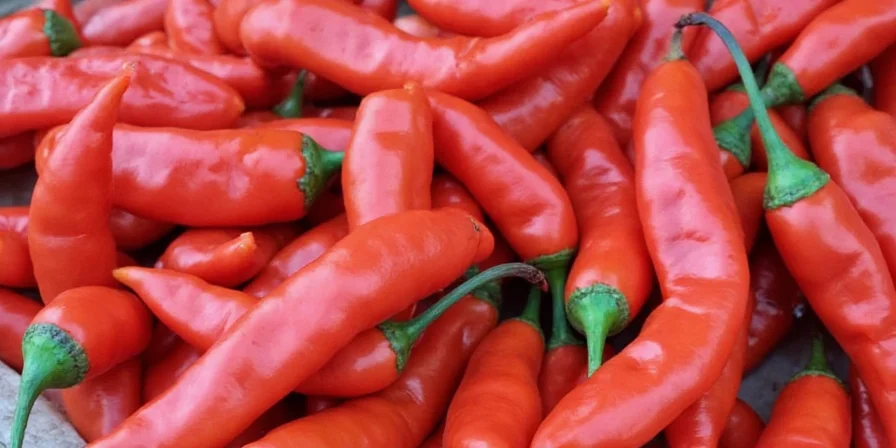
Frequently Asked Questions
What distinguishes Cascabella from store-bought 'chiltepin' peppers?
True Cascabella grows wild without cultivation. Commercial 'chiltepin' is often a domesticated variant with milder heat (30,000-50,000 SHU) and less complex flavor due to selective breeding.
Why does my Cascabella oil taste bitter?
Bitterness indicates over-extraction. Never heat oil above 180°F when infusing. Optimal results occur at 140°F for 8 hours—preserves volatile citrus compounds while minimizing bitter alkaloids.
Can I grow Cascabella from supermarket 'chiltepin' seeds?
No. Commercial seeds produce domesticated varieties that lack genetic diversity. Source seeds from certified wild-harvested peppers through organizations like Native Seeds/SEARCH for authentic results.
How do I neutralize Cascabella burn on skin?
Immediately apply whole milk or vegetable oil—not water. The capsaicin is oil-soluble; dairy fats or additional oils dissolve it. Rub gently for 2 minutes before rinsing.
Why are Cascabella peppers illegal in some states?
Arizona and Texas regulate wild Cascabella harvesting to protect native populations. Commercial cultivation is permitted, but foraging requires tribal permits in designated conservation areas.











 浙公网安备
33010002000092号
浙公网安备
33010002000092号 浙B2-20120091-4
浙B2-20120091-4